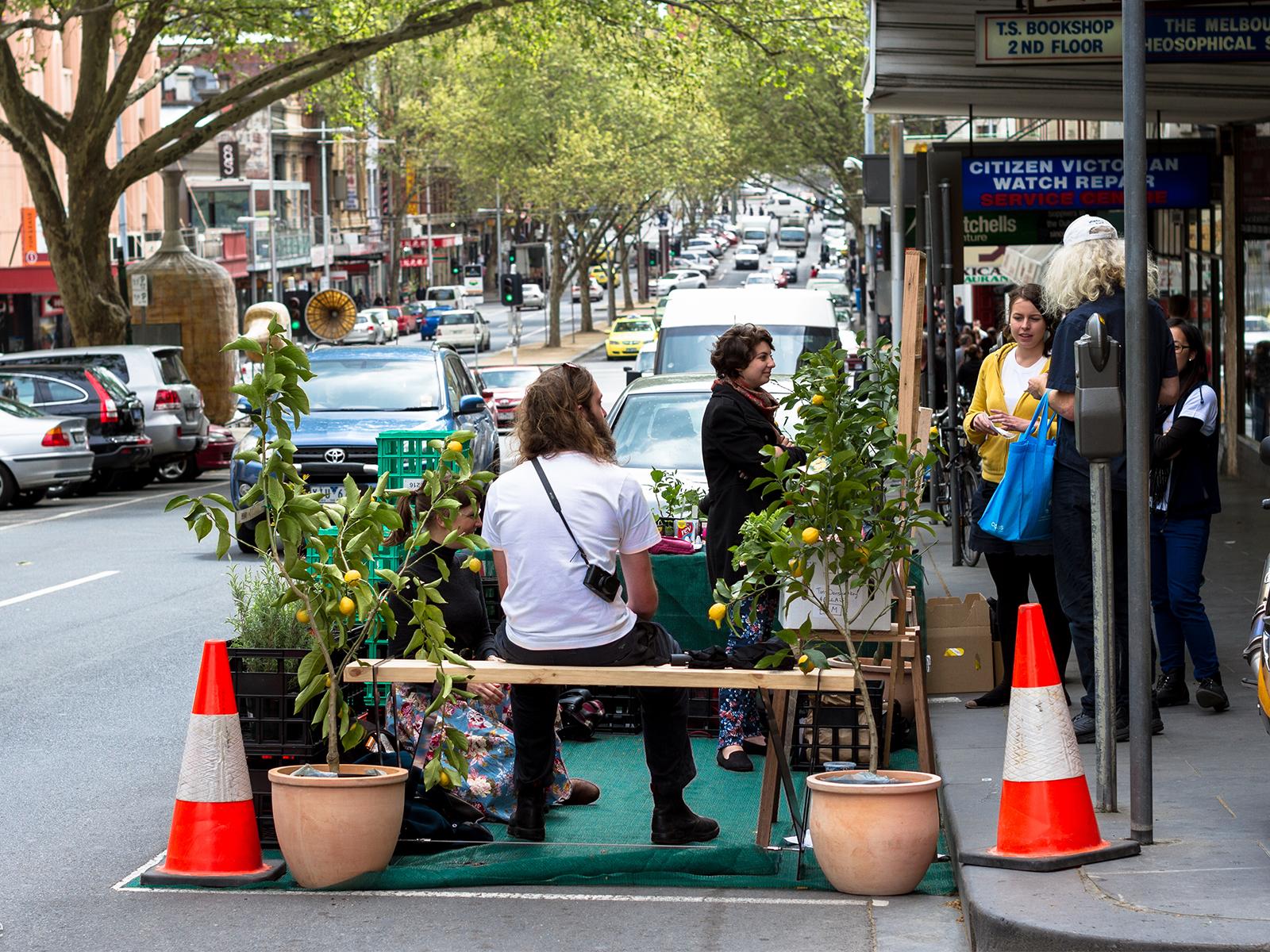In my previous blog I examined the origins of the smart city and some of its critiques. The classic smart city has a public-private model which favors corporations and largely excludes city dwellers from decision-making processes, creating a closed city. In this blog post I examine a more cooperative city with a participatory model and some trade-offs that are involved in participation.
The open city
In contrast to the closed city,urban planner and sociologist Richard Sennett argues that an open city is coordinative and designed to help people in decision-making, rather than doing it for them. In using technology in an open city people can get engaged with it, interpret it, and act on it. Here, there is room for feedback and mistakes. In an open city, citizens are not only consumers, but can also be active (co-)producers.
An example is the Forcity project, which uses computer models to show what urban planning would look like, and allows to adjust to model on the spot according to the parameters. This technology allows for involvement of city residents in urban projects. Also, the development of low-cost sensors in a local Fablab, as done by Waag in the Hollandse Luchten project provides a colorful example.
An open city thus calls for a participatory model rather than a public-private model. This use of technology is in line with 'right to the city framework (pdf) from anthropologist and geographer David Harvey, which holds that everyone should have access to the resources of a city together with the possibility to remake it in a democratic fashion. The public-private model increasingly denies citizens both these aspects through top-down privatization.
Time for a different and open form.
DIY urbanism and its trade-offs
An alternative to top-down organization is a bottom-up model, in which things are organized from a community level. In an urban context this is also referred to as do-it-yourself (DIY) urbanism. In these inclusive and self-organized projects city dwellers take matters in their own hands to organize something in their city, regardless of the state.
Technology can be a useful means to support DIY urbanism and similar bottom-up projects, and to foster participation. Examples abound, but one large and international example of this is the concept Park(ing) day, in which parking spaces are booked for one day and converted to public parks. Here, public space that is reserved for car owners and often privatized is taken back by the community for one day.
In Park(ing) day an issue of citizens (the use and privatization of public space) is taken as a starting point. The activity is open to anyone who shares the issue and citizens have full agency in the decision-making process. Moreover, the creators of Park(ing) Day made an open-source manual to help people in booking a parking space. This technology thus supports citizens in addressing their matter of concern.
While bottom-up projects are community driven and thus provide citizens with autonomy, there are also limitations involved. A major drawback of DIY urbanism is that it is often not connected to influential resources and therefore cannot bring about change on a significant scale. Park(ing) Day draws attention to the use of public space, but the next day the parking spaces are still there.
This implies that there is a trade-off along the lines of participation in relation to impact and autonomy. To bring about change, bottom-up movements need connections to expertise and municipalities with resources and implementation power. Depending on the context it is thus favorable to have an approach that mixes bottom-up and top-down.
What could this look like?
A social – public model
An example of such a mixture is a social-public model. This is a form of governance that is dominated by the communities that are influenced by the governance process. In this model the communities are dominant decision-makers, while experts largely have a guiding function and the state is responsible for implementing the outcome.
A social-public example is participatory budgeting, a system in which a part of the city budget is delegated to citizen proposals. This system has been implemented in multiple cities, among which New York. This form of governance more strongly focuses on cooperation, sharing, and public ownership. Technology and data can moreover be used to support such forms of decision-making.
There are also opportunities here for NGO’s and non-profit organizations, that can act as mediator between communities, experts, local governments, companies, etc. This is what Waag does in many of their projects, taking communities as starting point.
While there are challenges involved, like inclusivity in and accessibility to participation for example, such social-public projects are both connected to resources and include community autonomy in decision-making processes.
So what does the open or cooperative city look like in practice, and how can the use of technology support it? This is partly what the smart citizens lab at Waag investigates. In upcoming blogs I will describe more concrete examples, such as citizen sensing and urban (data) commons. This is meant as a starting point for a social-public narrative of the city.


